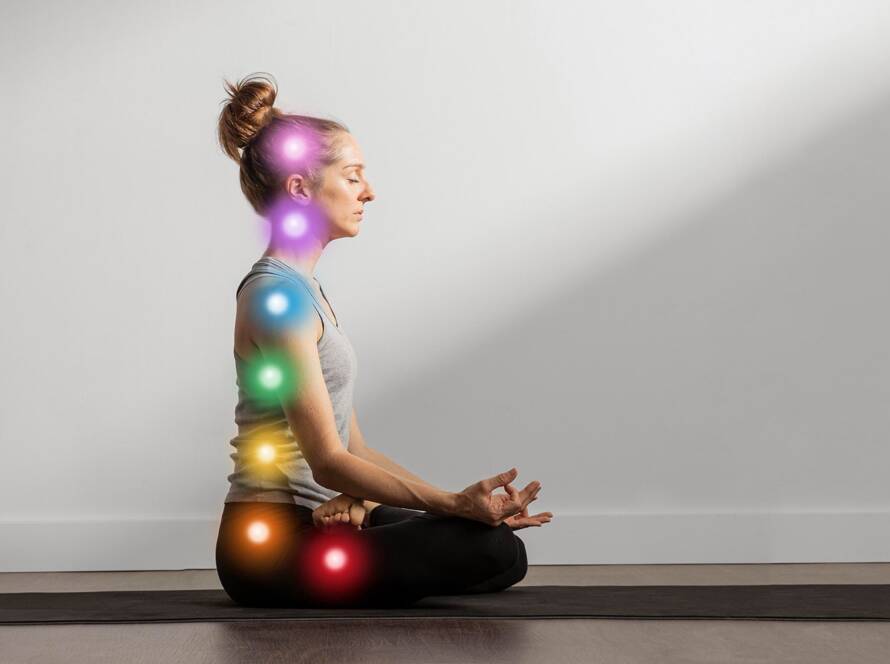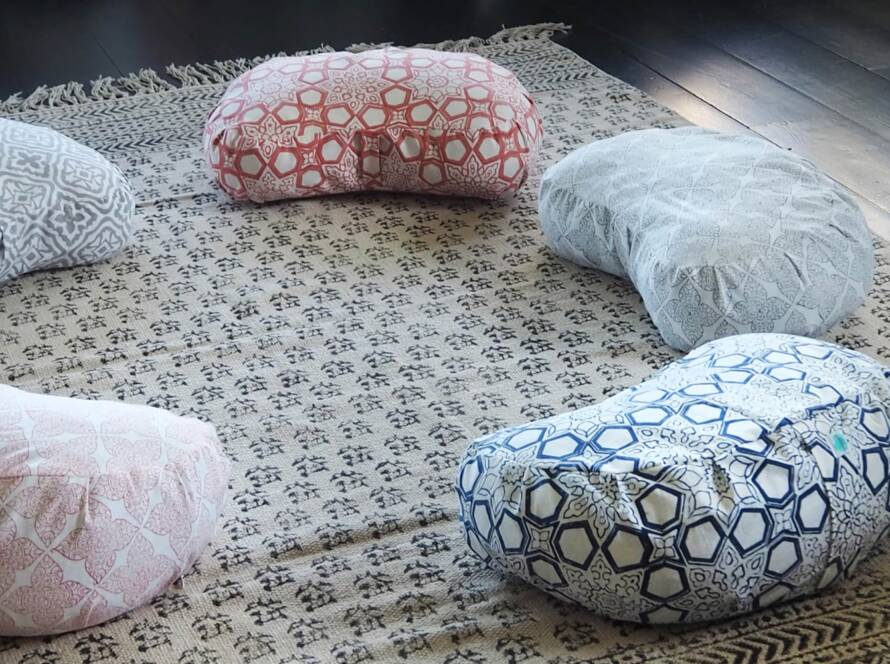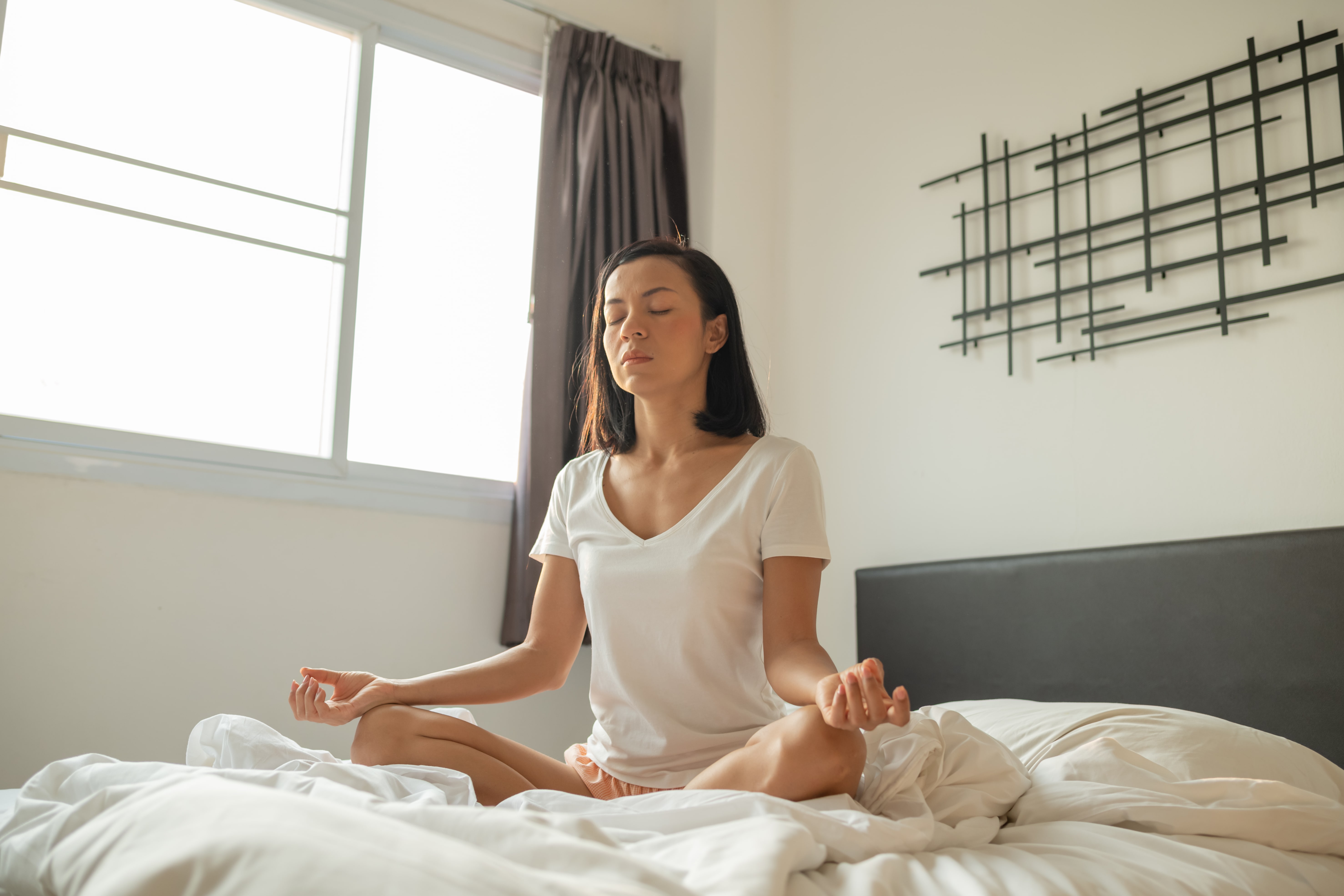
A 30-Day Routine for Calm and Focused Mornings
Anxiety, a common and often debilitating experience, can significantly affect daily life. The good news is that meditation, practiced regularly, can be an effective way to manage anxiety and promote overall well-being. By dedicating time each morning to a structured meditation routine, you can create a buffer against the stresses of the day, leading to a calmer, more focused mindset. This comprehensive 30-day guide will walk you through a daily meditation practice designed to reduce anxiety, with detailed instructions, breathing techniques, mindful movements, and visualization exercises. Each week introduces new practices, gradually building a robust meditation routine tailored to your needs. Consistently practicing morning meditation can transform your daily experience, helping you maintain peace and clarity.
The Importance of a Morning Meditation Routine
Morning Meditation for Anxiety is particularly effective because it sets the tone for your entire day. Upon waking, your mind is still transitioning from the restful state of sleep to full alertness. This is an ideal time to influence your mindset, fostering calmness and clarity that can carry you through the day.
- Consistency: Meditating at the same time each morning helps solidify the practice as part of your routine, making it easier to maintain.
- Fresh Start: Morning meditation for anxiety allows you to start the day with a clean slate, free from the anxieties or stressors that might accumulate throughout the day.
- Enhanced Focus: By beginning your day with mindfulness, you can improve your focus, making you more productive and better equipped to handle challenges.
Setting Up Your Meditation Space
To get the most out of your Morning meditation for anxiety routine, it’s important to create an environment conducive to relaxation and focus:
- Choose a Quiet Space: Find a location in your home where you can sit undisturbed. This could be a corner of your bedroom, a dedicated meditation room, or even a spot in your garden.
- Comfortable Seating: Sit on a chair with your feet flat on the ground, or cross-legged on a cushion. Ensure your spine is straight, but not rigid, allowing for a relaxed posture.
- Lighting: Soft, natural light is ideal. If meditating before dawn, consider using a dim lamp or candles to create a peaceful atmosphere.
- Aroma and Sound: If it helps you relax, incorporate calming elements like essential oils, incense, or soft background music. However, these are optional and should not be distracting.
Breathing Techniques for Anxiety Relief
Breathing is central to Morning Meditation for Anxiety, particularly when focusing on anxiety relief. By controlling your breath, you can influence your nervous system, reducing stress and promoting relaxation. Below are several breathing techniques you’ll use throughout this 30-day routine:
Diaphragmatic Breathing (Belly Breathing):
- Place one hand on your chest and the other on your belly.
- Inhale deeply through your nose, ensuring your belly rises more than your chest.
- Exhale slowly through your mouth, feeling your belly fall.
- This technique engages the diaphragm, helping to calm the nervous system.
- 4-7-8 Breathing:
- Inhale through your nose for a count of 4.
- Hold your breath for a count of 7.
- Exhale through your mouth for a count of 8.
- This technique helps to slow the heart rate and ease tension.
- Box Breathing (Square Breathing):
- Inhale through your nose for 4 seconds.
- Hold your breath for 4 seconds.
- Exhale through your mouth for 4 seconds.
- Hold your breath again for 4 seconds.
- Repeat this cycle, visualizing a square with each phase of the breath.
Detailed Daily Meditation Routine
Week 1: Building the Foundation
In the first week, the focus is on establishing a foundation for your Morning meditation for anxiety practice. These initial days are about learning to connect with your breath and body, which is essential for managing anxiety.
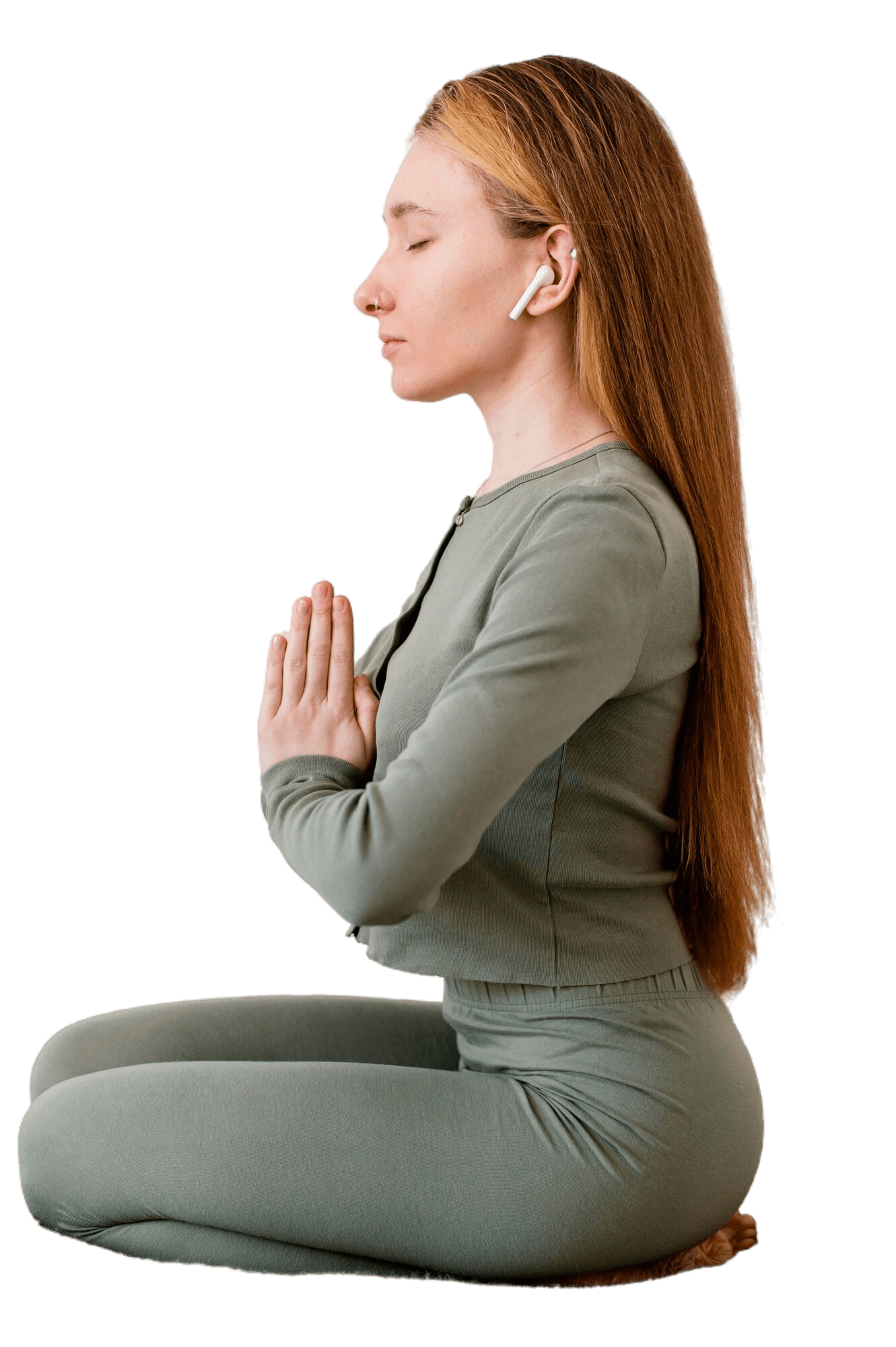
- Duration: 10-15 minutes
- Start with 5 minutes of diaphragmatic breathing to calm your nervous system.
- Focus on your breath: Notice the sensation of the air entering your nostrils, filling your lungs, and then slowly exiting through your mouth.
- When your mind wanders, gently bring your attention back to your breathing.
- End by taking a few deep breaths, setting an intention for your day (e.g., “I will approach today with calm and patience”).
Day 4-7: Body Scan Meditation
- Duration: 15-20 minutes
- Begin with 5 minutes of diaphragmatic breathing.
- Progress into a body scan: Starting at the top of your head, slowly move your attention down through your body, noticing any areas of tension.
- As you scan each area, breathe into it, imagining the tension melting away with each exhale.
- Finish by bringing your focus back to your breath, resting in this calm state for a few moments before opening your eyes.
Week 2: Introduction to Visualization and Affirmation
In the second week, you will add visualization and affirmation practices to your routine. These techniques can further reduce anxiety by helping you focus on positive, calming images and thoughts.
Day 8-10: Visualization Meditation
- Duration: 15-20 minutes
- Start with 5 minutes of 4-7-8 breathing.
- Visualize a peaceful place where you feel safe and relaxed. This could be a beach, a forest, or any place that brings you comfort.
- Engage all your senses: Imagine the sights, sounds, smells, and sensations of this place. Feel yourself fully immersed in this environment.
- If your mind wanders, gently guide it back to the visualization.
- End by slowly bringing your awareness back to your surroundings, taking a few deep breaths before opening your eyes.
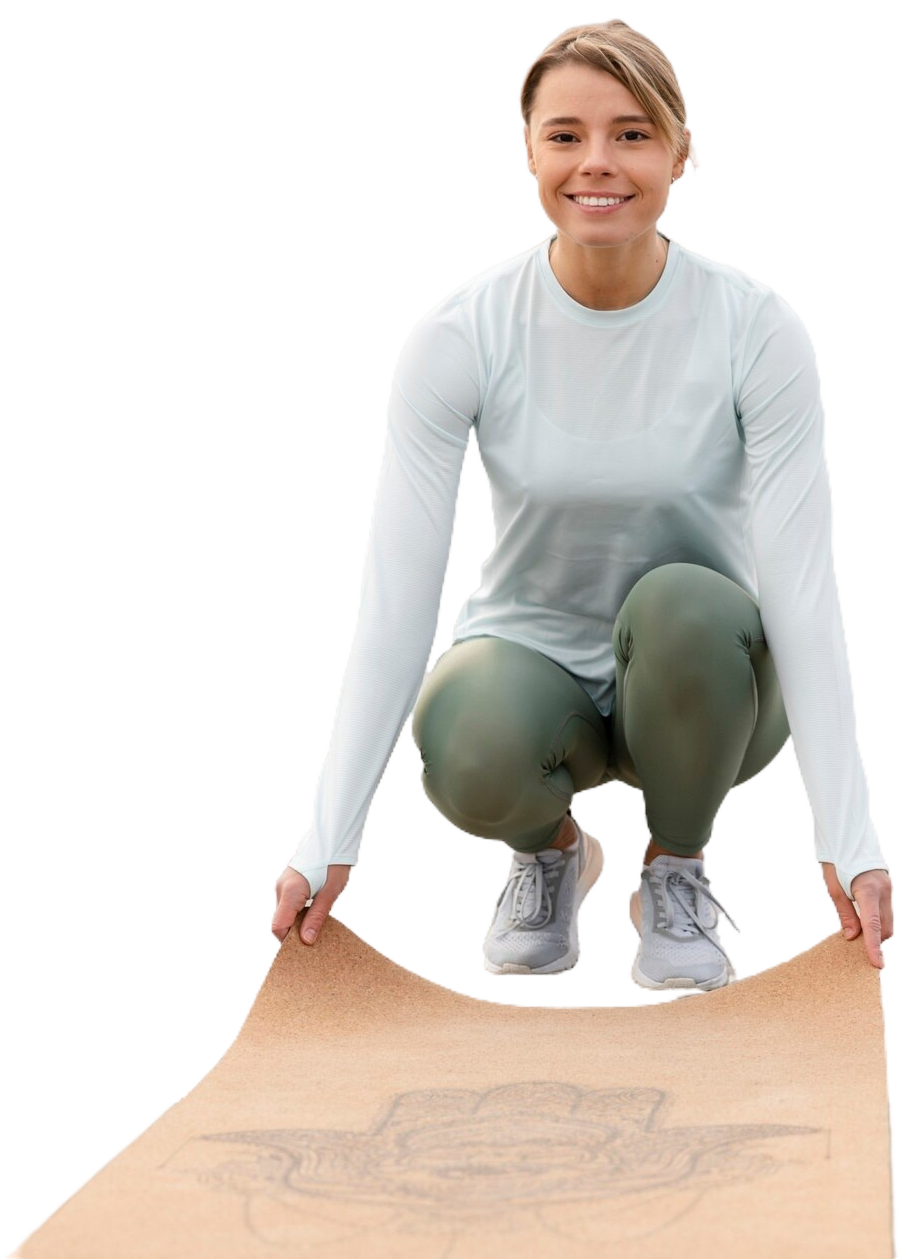
- Duration: 15-20 minutes
- Begin with 5 minutes of box breathing.
- Choose an affirmation that resonates with you, such as “I am calm and at peace” or “I am capable of handling whatever comes my way.”
- Repeat the affirmation silently to yourself, focusing on the meaning of the words and allowing them to sink deeply into your mind.
- As you continue repeating the affirmation, notice how your body and mind respond. Allow any tension to dissolve with each repetition.
- Close the meditation by returning to your breath, taking a few deep breaths, and setting a positive intention for your day.
Week 3: Deepening the Practice with Loving-Kindness and Mindful Movement
In week three, the routine expands to include loving-kindness meditation and mindful movement. These practices enhance emotional well-being and help release physical tension that may contribute to anxiety.
Day 15-17: Loving-Kindness Meditation
- Duration: 20-25 minutes
- Start with 5 minutes of diaphragmatic breathing.
- Bring to mind someone you love deeply, and silently repeat the phrases: “May you be happy, may you be healthy, may you be at peace.”
- Extend these feelings to yourself, repeating the phrases: “May I be happy, may I be healthy, may I be at peace.”
- Next, expand this practice to include neutral people, such as acquaintances, and even those with whom you have difficulties, wishing them the same happiness and peace.
- Conclude by returning your focus to your breath, resting in the warmth of these positive feelings.
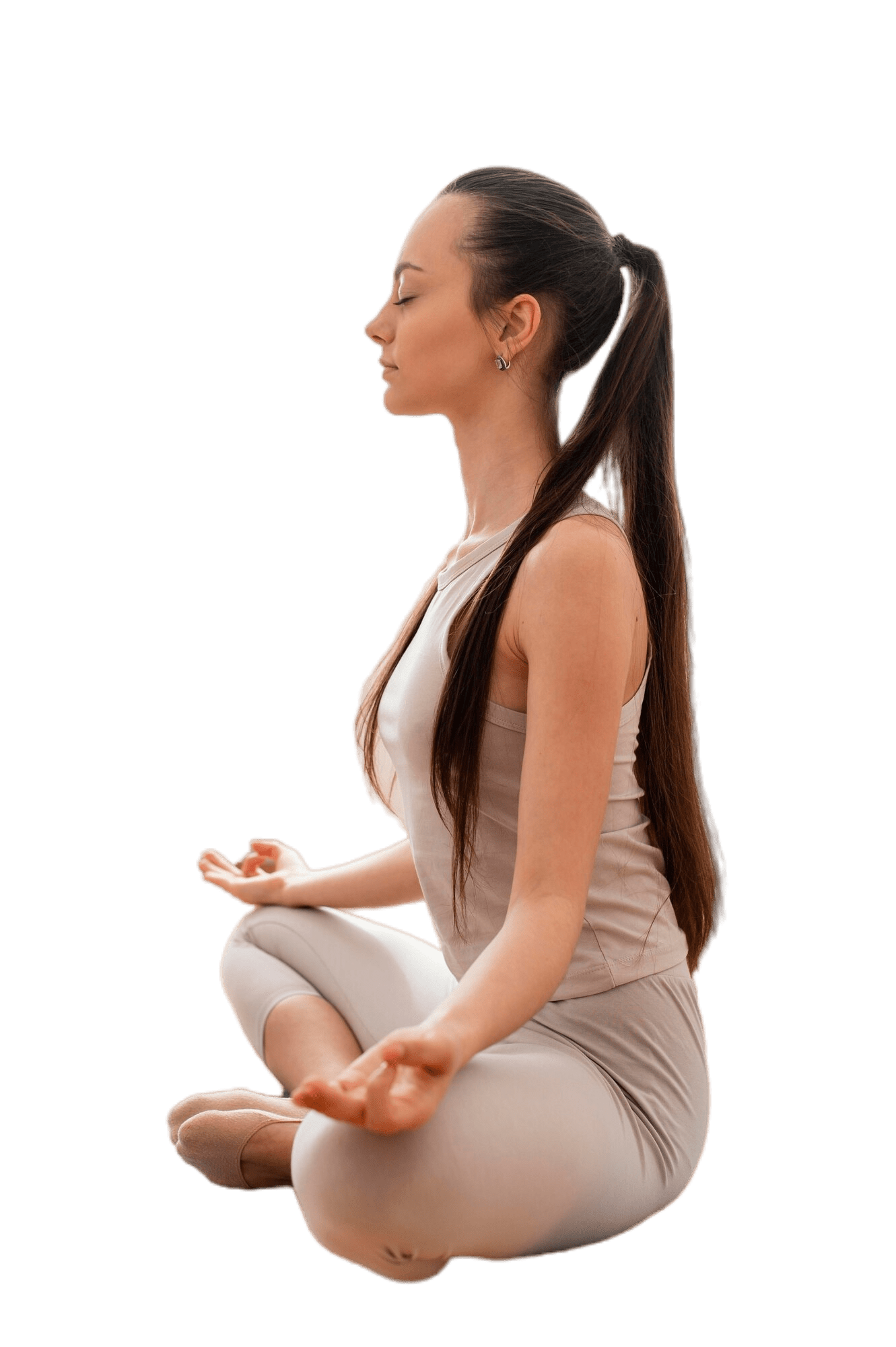
- Duration: 20-25 minutes
- Start with 5 minutes of diaphragmatic breathing.
- Incorporate gentle movements into your meditation, such as yoga stretches or tai chi. Focus on slow, deliberate movements synchronized with your breath.
- For example: Inhale as you raise your arms above your head, and exhale as you slowly lower them. Pay attention to how your body feels with each movement.
- Stay fully present with each stretch, noticing the sensations in your muscles and joints.
- Finish with a few minutes of stillness, focusing on your breath before concluding the session.
Week 4: Integrating Sound Meditation and Personalized Practice
The final week of the routine introduces sound meditation, which uses auditory focus to deepen your practice. This week also encourages you to personalize your meditation, combining techniques that resonate with you the most. These diverse techniques within your morning meditation for anxiety practice will help you explore what works best for you.
Day 22-25: Sound Meditation
- Duration: 20-25 minutes
- Begin with 5 minutes of diaphragmatic breathing.
- Choose a sound or mantra to focus on during your meditation. This could be a single word like “Om,” or a calming instrumental sound.
- Allow the sound to fill your mind, gently guiding your thoughts back to it whenever they wander.
- Focus on how the sound resonates within you, noticing any vibrations or feelings it evokes.
- End by gradually bringing your awareness back to your breath, taking a few deep breaths before opening your eyes.
Day 26-28: Personalized Meditation
- Duration: 20-25 minutes
- Start with your preferred breathing technique (diaphragmatic, 4-7-8, or box breathing).
- Combine elements from the previous weeks that resonate most with you. For example
- Stay flexible: Allow your intuition to guide the flow of your meditation. If you feel the need for more focus on breathing techniques or a longer visualization, adapt accordingly.
- End by taking a few moments to reflect on how the combination of these practices has influenced your anxiety and overall well-being.
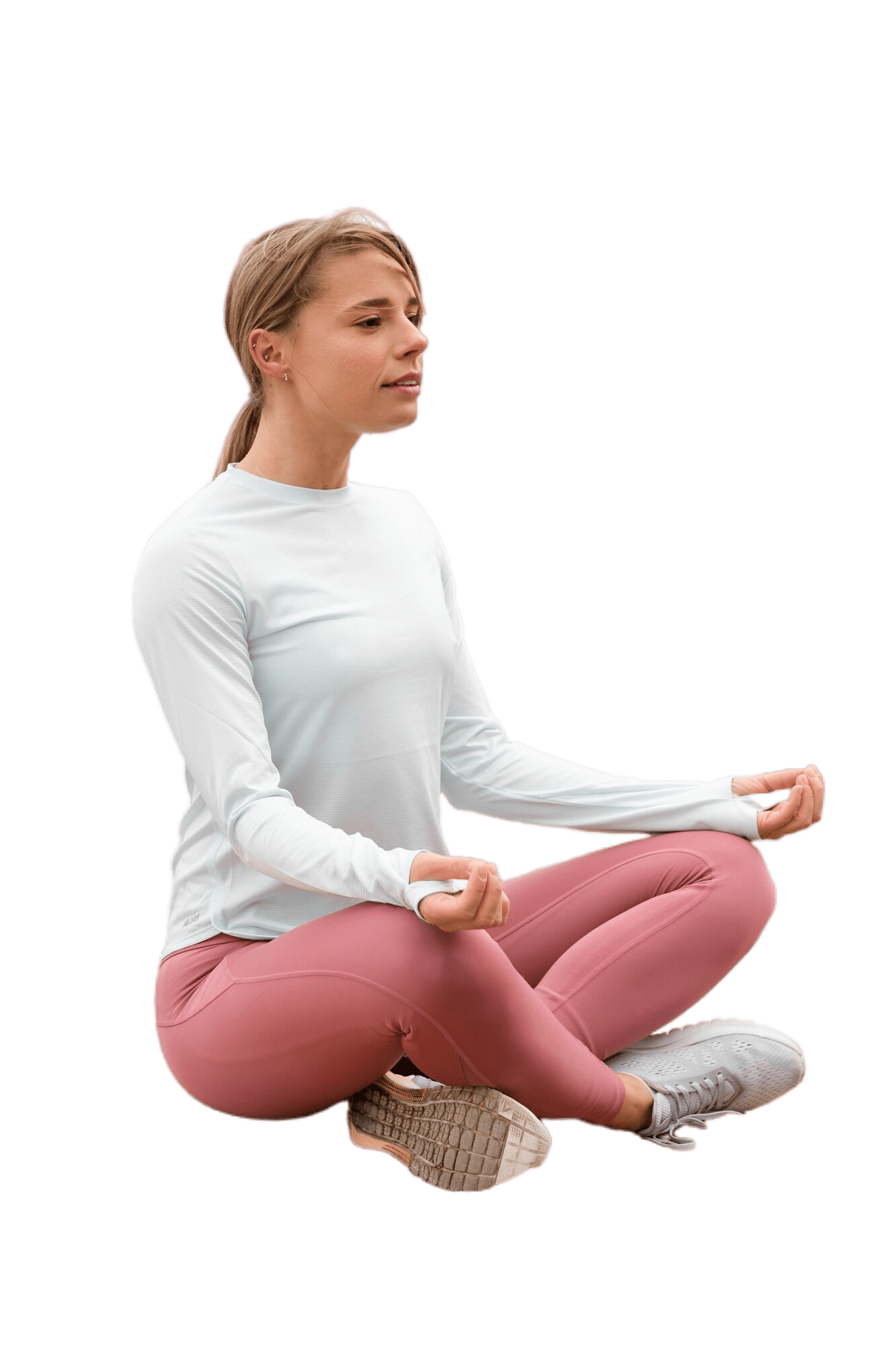
- Duration: 20-30 minutes
- Begin with diaphragmatic breathing or your preferred breathing technique.
- Spend time reflecting on your 30-day journey of morning meditation. Consider how your anxiety levels have changed, how your body feels, and how your mindset has shifted.
- Integrate what you’ve learned by creating a personalized routine that combines the techniques that were most effective for you. This could include a mix of breathing exercises, visualization, affirmations, and mindful movement.
- Set an intention for continuing your meditation practice beyond these 30 days. Commit to regular practice, even if it’s just 10 minutes each morning, to maintain the benefits you’ve gained.
- Conclude by expressing gratitude for the time and effort you’ve invested in your mental health, taking a few deep breaths, and setting a positive intention for the future.
TheaWellbeing Melo
The TheaWellbeing Melo device will help you complete this Morning Meditation for Anxiety routine much easier.
Why Morning Meditation for Anxiety Works
Morning meditation for anxiety is effective because it addresses the root causes of anxiety, stress, overthinking, and physical tension before they can accumulate throughout the day. By starting your day with meditation, you establish a baseline of calm and focus, which helps you navigate challenges more effectively.
The practice of Morning Meditation for Anxiety works on several levels:
- Physiological: Techniques like diaphragmatic breathing and 4-7-8 breathing activate the parasympathetic nervous system, which helps to reduce the fight-or-flight response associated with anxiety. This leads to lower heart rate, reduced blood pressure, and a general sense of calm.
- Psychological: Visualization, affirmations, and loving-kindness meditations help shift your mindset from negative, anxiety-inducing thoughts to positive and empowering ones. By focusing on peaceful images or kind intentions, you can rewire your brain to respond more calmly to stressors.
- Physical: Incorporating mindful movement, such as gentle yoga or tai chi, releases physical tension that might otherwise manifest as anxiety. These movements also increase body awareness, helping you recognize and release tension before it escalates.
- Emotional: Loving-kindness and affirmation practices cultivate self-compassion and emotional resilience. By regularly sending positive energy towards yourself and others, you build a reservoir of goodwill and emotional strength that can buffer against anxiety.
- Habitual: Consistency is key. By practicing morning meditation for anxiety every day, you create a habit that supports mental and emotional well-being. This regular practice trains your brain to start each day from a place of calm, making it easier to handle whatever comes your way.
Tips for Maintaining Your Practice
- Set a Regular Time: Choose a specific time each morning for your Morning Meditation for Anxiety. Whether it’s immediately after waking up or after a shower, consistency will help reinforce the habit.
- Start Small: If you’re new to meditation, start with just 5-10 minutes each morning and gradually increase the duration as you become more comfortable.
- Be Patient: Meditation is a practice, and its benefits may take time to fully manifest. Be patient with yourself, especially on days when your mind feels particularly restless.
- Journal Your Experience: Keep a meditation journal to track your progress. Write down how you feel before and after each session, any challenges you faced, and any positive changes you notice over time.
- Stay Flexible: Life can be unpredictable, so it’s important to stay flexible with your practice. If you miss a morning session, don’t be hard on yourself. Simply return to your routine the next day.
- Seek Support: If you find it challenging to maintain your practice, consider joining a meditation group or using a guided meditation app. These resources can provide additional structure and motivation.
Long-Term Benefits of Morning Meditation for Anxiety
The benefits of incorporating a routine of morning meditation for anxiety extend beyond the immediate sense of calm and relaxation. Over time, regular meditation can lead to profound changes in your mental, emotional, and physical health:
- Reduced Overall Anxiety: Regular meditation helps rewire the brain, making you less prone to anxiety and more resilient to stress.
- Improved Focus and Productivity: Starting your day with Morning Meditation for Anxiety clears your mind, leading to better concentration and efficiency throughout the day.
- Enhanced Emotional Intelligence: Practices like loving-kindness meditation increase your empathy and emotional awareness, improving your relationships with others and yourself.
- Better Sleep: Consistent meditation practice can improve the quality of your sleep by reducing the anxiety and stress that often contribute to insomnia.
- Increased Self-Awareness: Meditation fosters greater awareness of your thoughts, emotions, and physical sensations, helping you understand and manage your responses to stress more effectively.
- Sustained Mindfulness: With regular practice, the mindfulness cultivated during meditation begins to permeate other aspects of your life, allowing you to approach daily challenges with a calm, focused mind.
Embarking on a 30-day journey of Morning Meditation for Anxiety is a powerful step towards reclaiming your peace of mind and enhancing your overall well-being. This structured approach, with its varied techniques and gradual progression, is designed to help you build a sustainable meditation practice that can be tailored to your unique needs.
Remember, the key to success with morning meditation for anxiety is consistency and patience. By dedicating time each morning to focus on your breath, body, and mind, you set the stage for a calmer, more focused, and anxiety-free day. As you continue this practice, you’ll likely find that the benefits extend far beyond your morning sessions, positively impacting every aspect of your life. Whether you’re new to meditation or looking to deepen your existing practice, this guide offers a comprehensive approach to integrating meditation into your daily routine, helping you to reduce anxiety and live a more balanced life.
I would like you to read up on the TheaWellbeing Melo device that will help you complete this Morning Meditation for Anxiety routine much easier. It allows you to choose between 3 breathing patterns (beginner, intermediate, advanced) guided by light rings or a vibrating pulse that teaches you to breathe in, hold and exhale. Experience tension and migraine relief, less stress and better sleep
This portable travel size breathing trainer can be carried with you for quick stress relief. No setup needed. Includes a wireless charger, silicon sleeve, key fob, necklace lanyard and a tool to help you switch them all quickly
TheaWellbeing Melo
The TheaWellbeing Melo device will help you complete this Morning Meditation for Anxiety routine much easier.

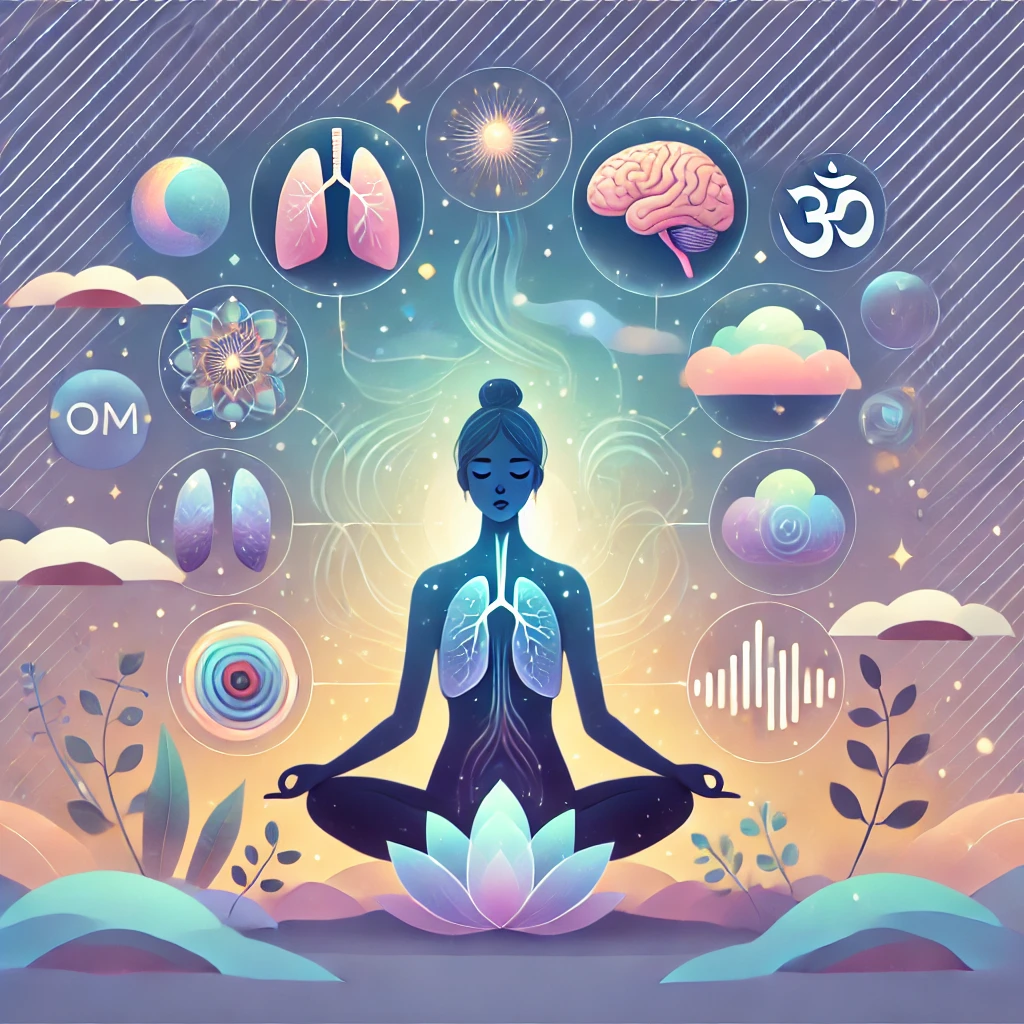
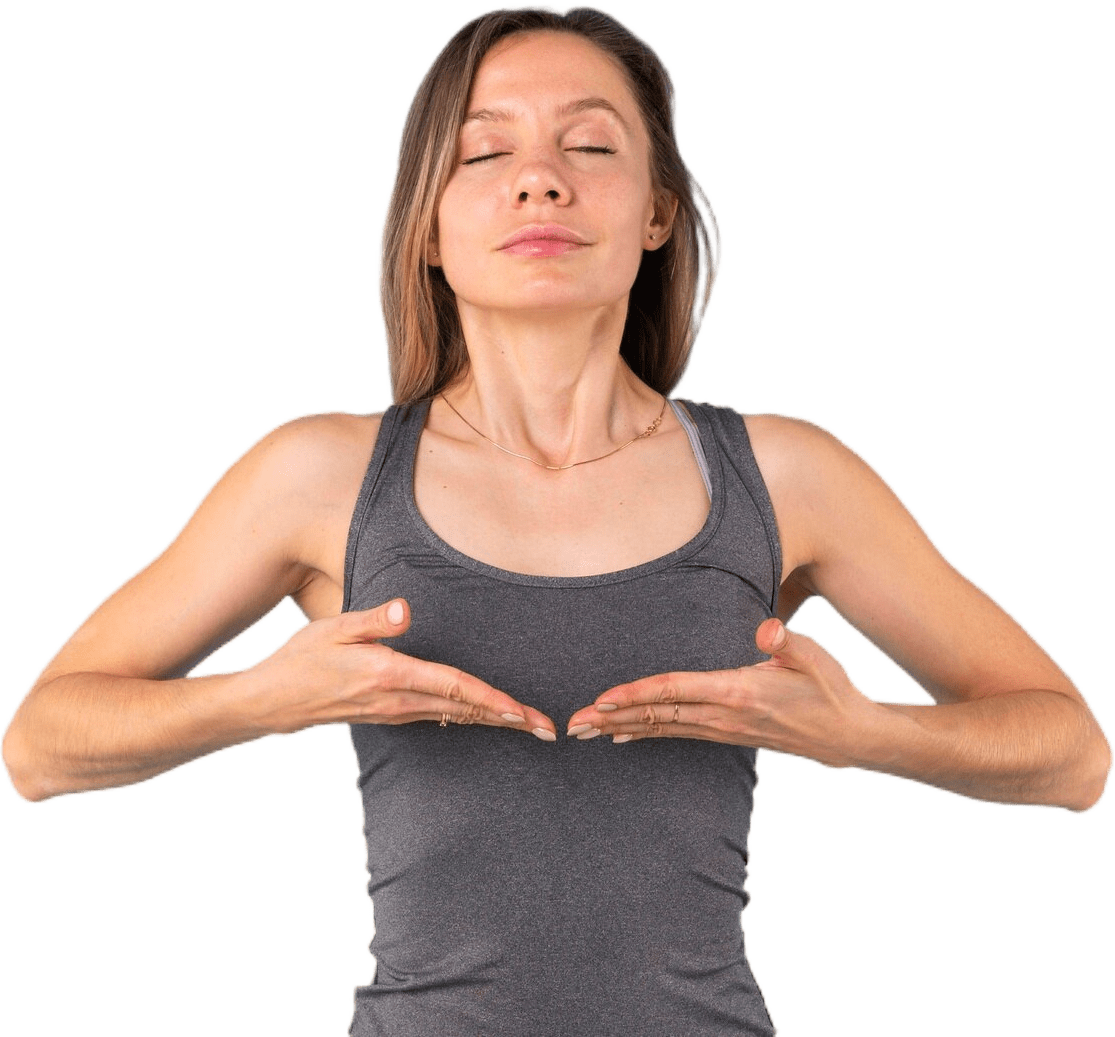 Diaphragmatic Breathing (Belly Breathing):
Diaphragmatic Breathing (Belly Breathing):
